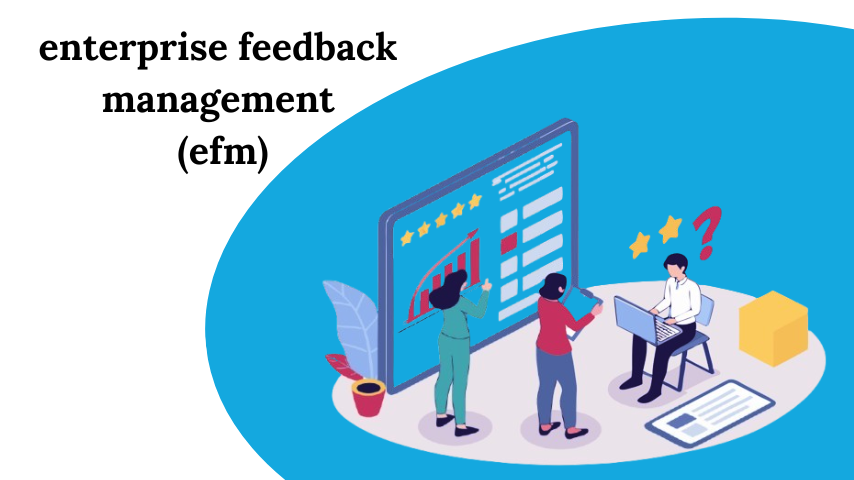In today’s rapidly evolving digital landscape, businesses rely heavily on robust networking solutions to maintain seamless operations. Among these solutions, Ethernet in the First Mile (EFM) stands out as a crucial technology that bridges the gap between service providers and end-users. Let’s dive deep into understanding EFM, its significance, and how it revolutionizes network connectivity.
Understanding EFM: The Basics
Ethernet in the First Mile (EFM) represents a set of network protocols and standards designed to extend Ethernet connectivity from service provider networks directly to customer premises. This technology primarily focuses on the “first mile” or “last mile” – the critical connection between the service provider’s central office and the end user’s location.
The term “first mile” emphasizes the perspective from the service provider’s network looking toward the customer, while “last mile” views it from the customer’s perspective looking toward the provider’s network. Both terms refer to the same network segment but from different viewpoints.
Key Components of EFM Technology
Physical Layer Components
Copper-based EFM
- Utilizes existing copper infrastructure
- Supports multiple bonded copper pairs
- Provides symmetrical bandwidth
- Offers distances up to 5km from the exchange
Fiber-based EFM
- Uses fiber-optic cables
- Delivers higher bandwidth capabilities
- Supports longer distances
- Provides enhanced reliability and performance
Protocol Components
EFM incorporates several protocols that ensure reliable data transmission:
- Operations, Administration, and Maintenance (OAM) protocols
- Link aggregation protocols
- Quality of Service (QoS) mechanisms
- Performance monitoring tools
Benefits of Implementing EFM
Cost-Effectiveness
- Lower infrastructure costs by utilizing existing copper wiring
- Reduced maintenance expenses
- Minimal equipment requirements
- Better return on investment compared to traditional leased lines
Enhanced Performance
- Symmetrical upload and download speeds
- Low latency for improved application performance
- Guaranteed bandwidth allocation
- Reliable connection stability
Business Continuity
- Built-in redundancy options
- Quick fault detection and resolution
- Minimal downtime
- Professional-grade service level agreements (SLAs)
EFM vs. Traditional Connectivity Solutions
EFM vs. Leased Lines
Leased lines have long been the go-to solution for business connectivity, but EFM offers several advantages:
- More cost-effective implementation
- Faster installation timeframes
- Similar performance levels
- Better scalability options
EFM vs. Broadband
When compared to standard broadband solutions, EFM provides:
- Symmetrical speeds
- Dedicated bandwidth
- Better reliability
- Enhanced security features
- Superior service level agreements
Implementation Considerations
Network Requirements Assessment
Before implementing EFM, organizations should evaluate:
- Current bandwidth requirements
- Future growth projections
- Critical application needs
- Budget constraints
- Geographic location limitations
Infrastructure Compatibility
Consider these factors when assessing infrastructure compatibility:
- Existing copper infrastructure quality
- Distance from the exchange
- Available fiber options
- Building entrance facilities
- Equipment space requirements
Best Practices for EFM Deployment
Planning Phase
- Conduct thorough site surveys
- Assess bandwidth requirements
- Review service level agreements
- Plan for redundancy
- Consider future scalability
Implementation Phase
- Choose qualified service providers
- Test existing infrastructure
- Schedule minimal-disruption installation
- Implement monitoring solutions
- Document configuration details
Enterprise Feedback Management (EFM) Integration
While discussing networking technologies, it’s worth noting that enterprise feedback management (EFM) systems can benefit significantly from robust network connectivity solutions like Ethernet in the First Mile. These feedback management platforms require reliable, high-speed connections to effectively collect and analyze customer feedback across multiple channels.
Troubleshooting Common EFM Issues
Connection Problems
- Check physical connections
- Verify power supply
- Monitor error indicators
- Test individual copper pairs
- Review configuration settings
Performance Issues
- Monitor bandwidth utilization
- Check for interference
- Verify QoS settings
- Test network latency
- Review traffic patterns
Future of EFM Technology
Emerging Trends
- Integration with SD-WAN solutions
- Enhanced monitoring capabilities
- Improved copper bonding technologies
- Advanced QoS mechanisms
- Greater distances supported
Technology Evolution
As networking technologies continue to evolve, EFM adapts through:
- Enhanced security features
- Better management tools
- Increased bandwidth capabilities
- Improved reliability metrics
- Advanced troubleshooting capabilities
What is the maximum speed available with EFM?
EFM speeds typically range from 2Mbps to 35Mbps, depending on the number of copper pairs bonded and the distance from the exchange.
How does EFM differ from fiber connectivity?
While fiber offers higher speeds, EFM provides a cost-effective alternative using existing copper infrastructure while maintaining business-grade reliability.
Is EFM suitable for small businesses?
Yes, EFM is particularly well-suited for small and medium-sized businesses requiring reliable, symmetrical connectivity without the cost of fiber installation.
What happens if one copper pair fails?
EFM automatically adjusts to utilize the remaining pairs, ensuring continued connectivity at a reduced speed until the failed pair is repaired.
Can EFM be upgraded to fiber in the future?
Yes, most service providers offer upgrade paths from EFM to fiber services as business needs evolve.
Conclusion
Ethernet in the First Mile (EFM) represents a crucial networking technology that bridges the gap between service provider networks and end-users. Its ability to deliver reliable, symmetrical connectivity while utilizing existing infrastructure makes it an attractive option for businesses of all sizes. As technology continues to evolve, EFM adapts and improves, maintaining its relevance in the modern networking landscape.
The integration of EFM with enterprise feedback management (EFM) systems and other business-critical applications demonstrates its versatility and importance in today’s digital environment. By understanding its capabilities, benefits, and implementation considerations, organizations can make informed decisions about their networking solutions and ensure they have the robust connectivity required for success in the digital age.

